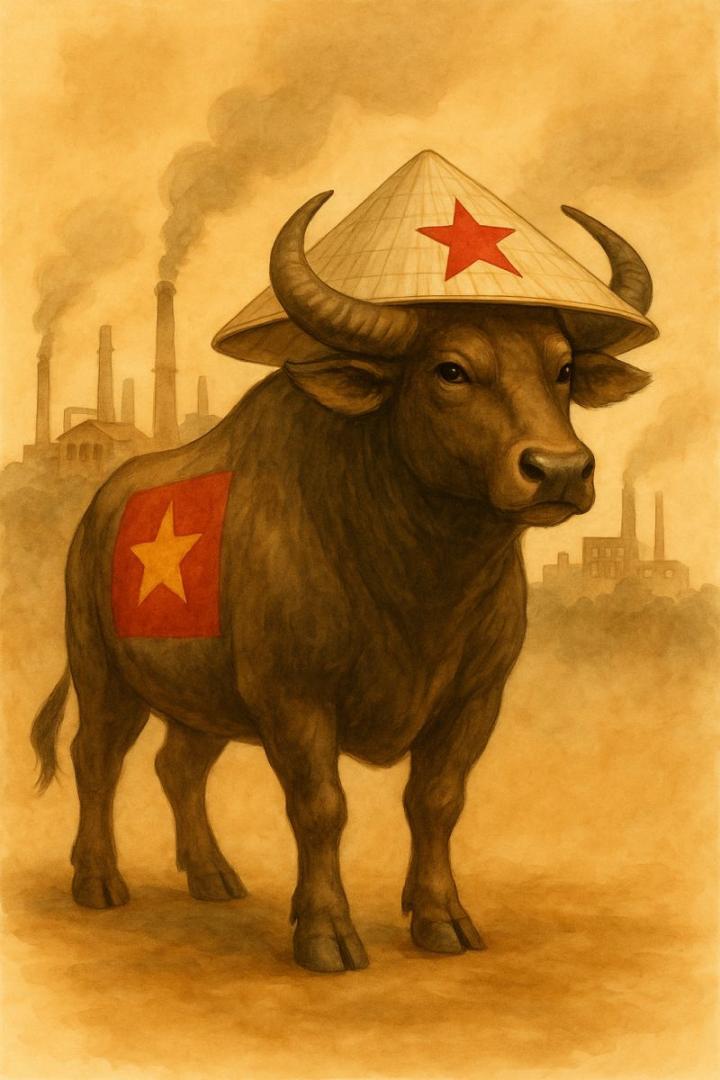NONE
none
none
none
none

Additional fees for Chinese owned/operated and China-built vessels calling at US ports come into force on 14 October but confusion reigns over implementation.

Phí bổ sung cho các tàu thuộc sở hữu/điều hành của Trung Quốc và tàu được sản xuất tại Trung Quốc ghé cảng Mỹ có hiệu lực từ ngày 14 tháng 10, nhưng có sự nhầm lẫn trong việc thực hiện.

NVOCC is one of the terms you would have heard quite often in day to day business particularly if you are in the US or Chinese markets.

BPO là viết tắt của cụm từ Business Process Outsourcing thông thường ở VN chúng ta gọi là Outsource.

You design vessels that can accommodate the specific needs to operate and deliver cargo successfully 🚢🔧

Bạn thiết kế các tàu có thể đáp ứng nhu cầu cụ thể để vận hành và giao hàng hóa thành công 🚢🔧

The harm from tariffs will be lasting and deep

Both terms involve sharing space, but their roles differ.

Cả hai thuật ngữ đều liên quan đến việc chia sẻ không gian, nhưng vai trò của chúng khác nhau.

In Manufacturing, Stability Is the Real Infrastructure - Why Vietnam is quietly becoming the #1 global choice for manufacturing